Climbing Vines Indoors: Tips For Growing Common Indoor Vine Plants
Love that indoor jungle vibe? Climbing or vining plants are the way to go!
These 5 types of plants will add a pop of green to your home. Even better, they’re pretty easy to care for.
IVY
You’ve seen it outside on brick buildings or covering the ground. But did you know it’s perfect for inside your space too? Ivy prefers bright light and moist, but well-drained soil is ideal for English ivy.
Bonus: it’s known for purifying the air too! Check out our other top picks for air purifying houseplants!
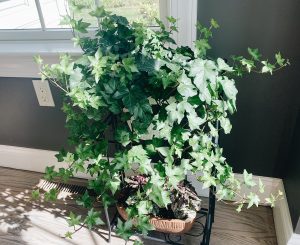
POTHOS
This hugely popular houseplant is known for being super easy to care for. To keep it from looking too scraggly, we recommend pruning frequently. Pothos is fun to propagate, so make sure to try that too!! Water occasionally and your pothos will be perfectly fine!
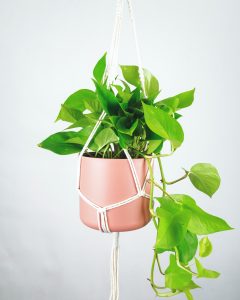
PHILODENDRON
The philodendron is closely related to the Pothos. Just as beautiful and easy to keep alive too. You can keep your philodendron as a bushy plant or encourage trailing. They shouldn’t be placed in direct sunlight and should be watered when half the soil is dry.
Keep in mind, according to the ASPCA, philodendrons are toxic to dogs, cats, and horses. So make sure to keep this plant out of reach of your pets.
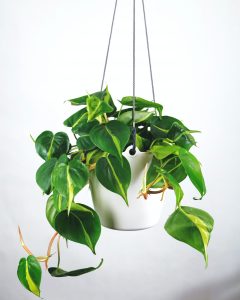
SPIDER PLANT
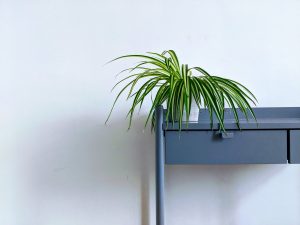
Spider plants are known for being some of the easiest indoor plants to grow. It’s named because of its spider-like plants, or spiderettes, which dangle down from the mother plant like spiders on a web. These spiderettes can be left to dangle, or detach them to grow more plants.
PEPEROMIA PROSTRATA aka “String of Turtles”
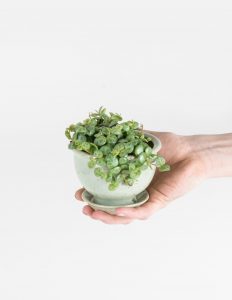
First off, if that plant nickname is the cutest! That along made me want to get my hands on one. They are on the smaller side (at least compared to other climbing plants mentioned thus far), so they’d be a great fit for a smaller shelf or your desk. Just place them somewhere they won’t get bumped, as their vines are delicate. They prefer medium indirect light and water sparingly. To encourage a bushier plant, take a string and place it on top of the soil, ensuring the nodes (where the leaf grows from the stem) are in contact with soil. The nodes will eventually grow roots, and then new vines. But be patient–they stay on the smaller side usually.
Share this post with your plant loving friends!